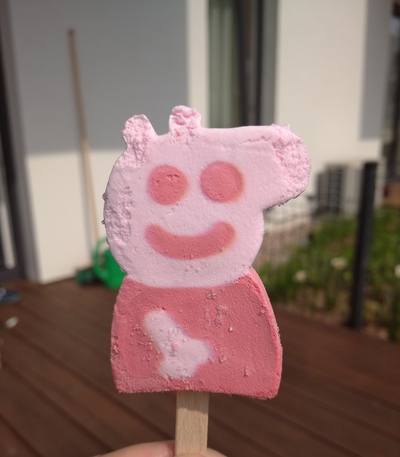
A lesson is like…
There is nothing like a good metaphor and I use it a lot in the classroom, to give feedback to my students (‘Your essay is a bit like a skeleton, all the good bones but no muscles at all’), to explain grammar (‘Reported speech is basically telling stories’) or to manage the behaviour of my younger students (‘This desk, Sasha, is like your island and these other desks are other island. We don’t travel there. Never ever ever!’).
I also started to use metaphors in teacher training and, of course, you can read about it here and here and this is how this post started, too.
I asked my trainees ones how they would describe a lesson in terms of a metaphor and I found out that a lesson is a lot like: playing football, playing a game of snakes and ladders, a journey, a frame…I am getting goosebumps now because I know that there WILL BE a separate post about that, soon.
A lesson is like a story
Oh yes, it is! In a good story you absolutely need a good opening line (this is how I choose my books, yes. Because if the author did not bother to make an effort to say hello properly, why would we even be talking, eh?), a set of interesting characters, some adventures, some challenges and achievements, a climax and the ending.
In terms of a lesson, these would stand for a warmer activity (a good opening line), the community of the teacher and the students (yes, we are the characters), some engaging activities (our adventures), some new things, some learning and development (or the challenges and the achievements), one amazing focused task because all the roads lead to Rome (and this is our methodological climax) and….a good cool-down activity aka the ending.
We absolutely need the ending!
First and foremost, a lesson needs an official round-up, the final touch, the coda, the summary of everything that has happened during the lesson. Since one does not walk into the classroom and start the lesson without saying ‘Hello’, nor does one leave without saying ‘Goodbye’, there should be the first real activity of the lesson and the last real activity, too.
What’s more, a good ending of a lesson is also an introduction to the following one. If the lesson finishes on a high note, the students will leave the room looking forward to coming back next time.
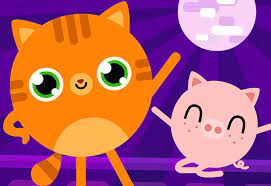
# 1 Finishing with a song
An easy and no-prep resource, especially with the younger students. A song is a signal for the students that we are finishing but it can be also a signal for the parents waiting in the hallway. It can be the same good-bye song in every lesson but it can be a song that the students choose to finish the lesson with. This is an especially useful trick with the older and more advanced children, who might eventually get bored with the same song. With one of my online students we had a tradition of choosing one of her favourite songs, in Russian, to listen to and to dance, after the offcial lesson time, just as this thing that we did together (and I had a longer break in-between classes and I could spare a few minutes). One of my trainees, Nathalie (lots of virtual hugs here), also built in a dance into her class routine. At the end of the lesson, the kids would choose one of the Super Simple Songs, for example, get up, find a place in the middle of the classroom and just dance and sing, together with the teacher and then go home.
I have yet to start experimenting with songs with my older students.

# 2 Finishing with a story
Admittedly, that is a part of the routine that is something of a staple food in my pre-school and primary school EFL lessons. Stories, both storybooks or videos, can be used either to revise the key language or to introduce and practise the new language, not quite related to the topic of the lesson. From the point of the view of the lesson, the story is a part of the ritual and something that helps to build the class community.
In the classroom, we clean up after the focused task, set homework and go back to the carpet (preschoolers) or to our hello circle (primary), we choose a story and read or watch it and talk about it. Then, the only thing left is the goodbye-song. And stickers).
This is, probably, one of my favourite ways of finishing a lesson, because we get a chance to settle, to bond, to practise the language and to express opinion, all in one. I am wondering whether and how my older students could benefit from these, too. Something to experiment with in the next academic year, perhaps?

# 3 Finishing with a feedback session
There are many ways of organising a feedback session after the lesson, depending on the aim of the feedback session.
- Self-reflection when the teacher is simply irrelevant (in a way). The main aim is to give the students an opportunity to look back at the lesson and to consider the learning process. In this case, the students work in pairs or small groups and share their views, answering a set of questions, such as: What did you like? What was the most difficult / interesting / boring / the easiest part of the lesson?
- Feedback for the teacher: students can leave their comments on the board or on the wall (or the door!) if the feedback is to be anonymous or they take part in a discussion in small groups or as a whole class.
It is up to the teacher to decide how frequently any kind of feedback can be carried out: once a week, once a month, after each test or after any lesson with a new element in it such as a new activity or a new game.
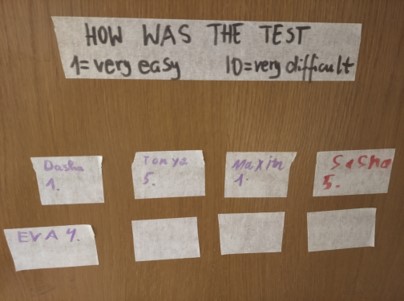
# 4 Finishing with a self-reflection task
This activity is an extension of the previous point but it focuses more specifically on the content and, even more specifically, on the vocabulary. My students (primary and teens) had their notebooks which we used for taking notes and for the self-reflection tasks, too.
At the end of the vocabulary lesson, the kids take their notebooks and look back at the lesson and categorise the words according to a number of the following categories: the difficult words, the easy words, the useful words, the words that look strange, the words that sound strange, the words that may not be very useful…
They can either create their own lists by copying the items from the board or the coursebook and by categorising or colour-coding them. A short speaking activity would follow in which the students explain their choices to their partners in pairs or small teams.
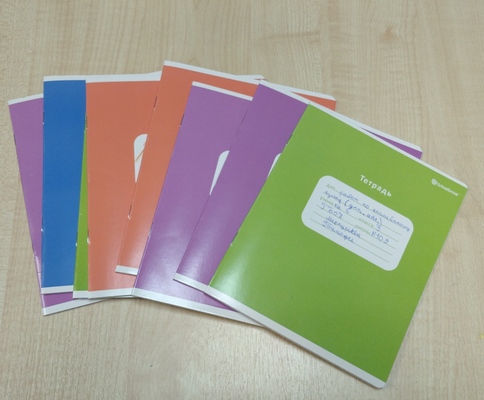
# 5 A revision task
That is another set of tasks that we sometimes use also based on the key vocabulary in each particular lesson and it has got a lot to do with everything that is written on the board already such as the new language or the emergent langauge. The main aim here is to give the students one more opportunity to use the target language. Since these games have no definite ending, their length can be adapted to the amount time left in the lesson.
The students work in pairs and can play one of the following games:
- Definitions: student A calls out the word / phrase, student B: provides a definition and an example, then they change, the teacher helps out only when necessary (aka the word has already been forgotten)
- Synonyms and antonyms: student A calls out the word / phrase, student B: provides a synonym or an antonym
- Questions: student A chooses a word / a phrase and asks student B a question that includes that word / phrase. Then they swap roles.
- A story: students work in pairs, they take turns and tell a story, using different words / phrases from the board
- Pairs: students take turns and they try to find connections between different items on the board, based on meaning, pronunciation, grammatical category or associations
Sometimes we also play the memory game with the whole class: the students take turns to close their eyes, the teacher erases one or two items, the students open their eyes and try to recall the words that have disappeared as well as all the other words and phrases from the previous rounds. The class listen and help out with definitions and associations. The bonus? The board gets cleaned))
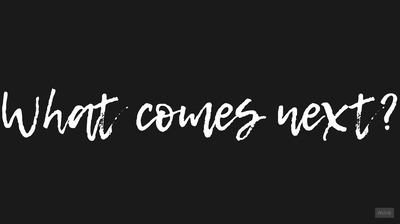
# 6 Finishing with an introduction to the following lesson
This approach to the finishing the lesson was the result of the reality of the teaching life. No matter how well you plan your lessons and how many optional activities you have up your sleeve, it might still happen that everything has been done and there is still some time left but not enough time for the teacher to properly spread the wings, be it in a game or in any other fully-fledged task.
In such a case, it might be a good idea to introduce the topic of the following lesson, without properly setting the context (no, time, remember?) for example by:
- introducing the title of the reading, the topic, for example through a game of hangman and a discussion about the students’ expectations and prediction
- talking about the visuals that accompany the following topic, without going into any details
- three questions to help the students relate to the following topic for example: What do you think about…? Have you ever…? Do young people in your country often…?
This will create a link between the lessons and it can be further extended by a homework along the lines of: ‘Find out more about…’. All of these can be easily adapted to almost any topic.
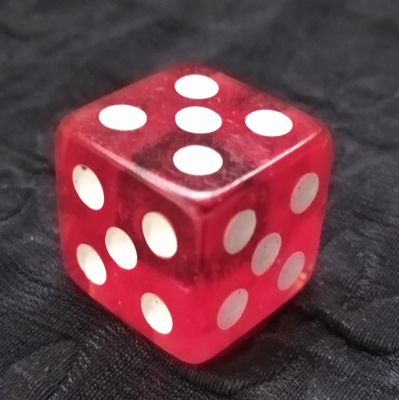
# 7 Finishing with a game
The games chosen to finish the lesson with should be fun (the students are already tired and less able to focus), fast (if there is a lot of time left, perhaps it should be devoted to something else) and offering some flexibility to the teacher (aka games with no definite end or result that can be stopped or paused at any given point).
We like to play:
- Categories aka STOP: students work in pairs or small teams, they write one word in each category beginning with a specific letter, afterwards the teacher awards the points.
- The Game of 5: each team or pair prepares a list of 5 in their category (a separate and unique one) such as 5 irregular verbs, 5 cities in Europe, 5 farm animals etc. Afterwards, the teams have a minute to guess all the words their partners have come up with. They can get 50 points in each round, 10 points for every word they manage to guess with the team setting the task getting 10 points for every word their partners did not manage to guess.
- One-Minute Game: this a game that requires a set of flashcards (very easy to prepare) or a set of word cards (prepared by the teacher throughout the year, can be easily recycled). Students work in small teams as they take turns to explain as many words out of the set (definitions, associations or miming) to their team within one minute. I am pretty sure that this was loosely based on some kind of a game show but I have no idea which one. Oups.
In order to better manage the game and time in class, we started to play these with the same teams over a series of lessons, pausing when it is time to go home and recommencing in the following lesson.

Bonus: An Art Project
‘Anka, what’s this?’ the kids asked when entering the classroom and noticing a few boxes of the stainglass paints.
‘These are special paints. We used them to make these special pictures with the little kids.’
‘Anka!’ they said, in that very special tone of voice that my kids have mastered, the voice reserved for these particular occasions, to compain, to chide and to express disappointment. ‘The little kids? And what about us?’
So I had to think of a way of including this particular project in our classes. Making stained glass pictures is one of the coolest activities ever but it takes time as the various layers need to get dry before you apply the following ones and there is virtually no chance of completing a task in one lesson. Not to mention that it is a perfect decorative kind of a craft and trying to adapt it in order to maximise production would be simply counterproductive.
Instead, I wrote to the parents and I explained that, instead of a game, at the end of the lesson, for the next few lessons, we would be preparing our own stained glass pictures. The kids chose a template or designed their own pictures, they drew the outlines, they coloured them in and, as soon as they were ready, they took them home to cut out and to display them. All in all, it took about 5 minutes over a series of four lessons.
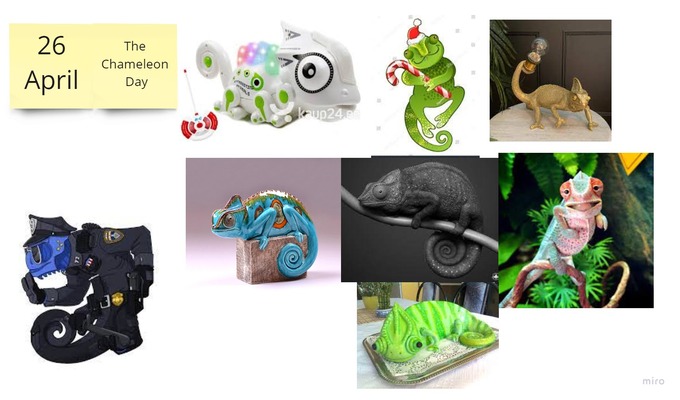
Bonus: The Chameleon Day aka Google Search
Choosing virtual stickers is not a new idea and thanks to Miro we have lots and lots of fun and we can keep track of all of our stickers throughout the entire year, if necessary. Here you can read how we deal with that with my primary students.
Further reading
The 9 Best Ways to Finish EFL Lessons from the ELT Guide
End of Lesson Activities for ESL Classes from English Teaching 101
7 Best Ways to End a Lesson from Busy Teacher
How to Finish Your Lesson Effectively from The TEFL Academy
15 Awesome Wrap-up Activities For Students from Class Craft
Happy teaching!
*) This material was collected and put together for the online training session organised by National Geographic Learning for Russia in October 2021 where I had the privilege of sharing the zoom stage with Dr Joan Kang Sheen and Tatiana Fenstein.